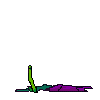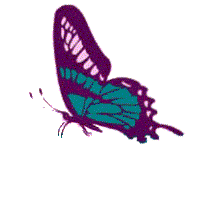|
|
!!!Welcome !!! |
|
||||||||||||||
 |
2. Discuss any signs or symptoms of nerve compression and check deep tendon reflexes, tone, and sensory findings, if indicated. 3. Review weight and diet. Anticipatory guidance 2. Discuss the diagnosis with the adolescent to be sure that the adolescent has the vocabulary and the understanding of the genetic nature of achondroplasia. 3. Discuss sexuality and reproduction, as well as the necessity for a cesarean section in women for childbirth [7]. 4. Continue orthodontic evaluation. 5. Continue weight counseling [22]. 6. Encourage the family and affected person to set career and life goals high and appropriate, as for other members of the family. Assist in adapting to an independent life and in obtaining a driver's license. (Vocational rehabilitation may pay.) 7. Discuss college, vocational planning and training, and other plans following high school. 8. Foster independence. 9. Continue to encourage participation in social activities and support groups. It is particularly useful during this age period. 10. Assist in transition to adult care, with emphasis on continued
monitoring of the spine.
|
 |
||||||||||||
More Expression Web templates
|
||||||||||||||
|
Copyright Achondroplasia UK. All Rights Reserved www.achondroplasia.co.uk |
||||||||||||||
